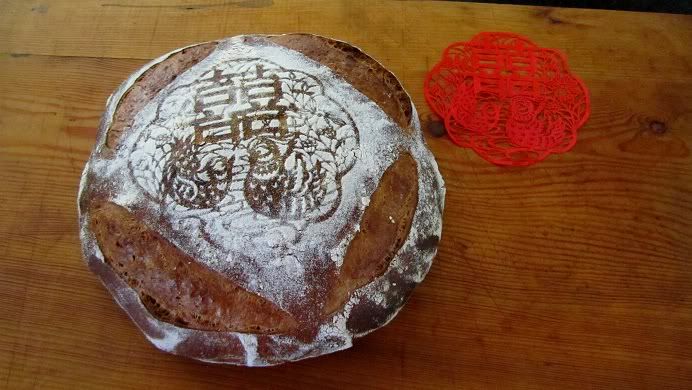Turmeric, Cashews, and Carrot Sourdough (No-Knead version)

George Bernard Shaw once said “there is no love sincerer than the love of food;” I am re-writing that sentence: “there is no love more sincere than the love of bread.”
Sourdough is one of life’s simplest pleasures. How lucky I am to not have gluten intolerance.


